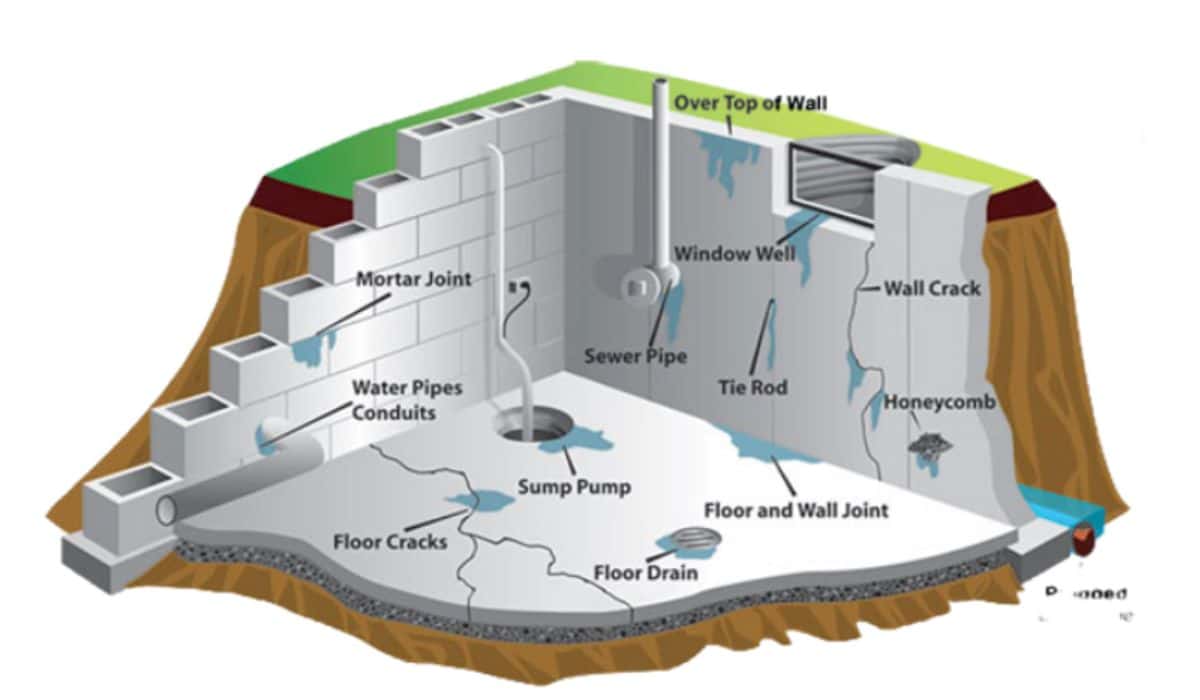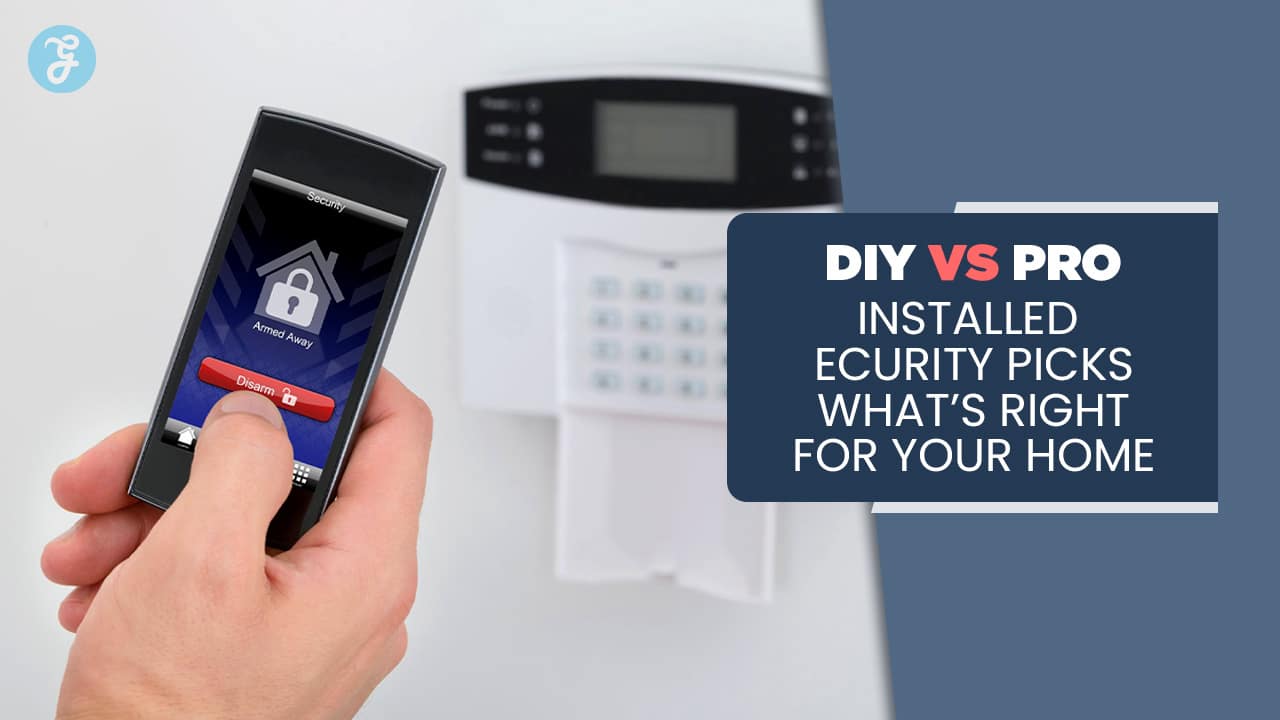A dry and functional basement is a crucial component of a healthy home. However, basements are often susceptible to water infiltration, leading to issues such as mold growth, structural damage, and compromised indoor air quality.
To address these concerns, homeowners have the option to choose between internal and external basement waterproofing services. Both approaches aim to prevent water intrusion, but they differ in their methods and applications. In this article, we will explore the key differences and considerations when deciding between internal and external basement waterproofing services.
Internal Basement Waterproofing
Internal basement waterproofing focuses on managing water that has already entered the basement or is seeping through the walls. This approach involves installing various systems and materials to redirect or manage water within the basement itself. Internal basement waterproofing methods include:
- Interior Drainage Systems – interior French drains are a common component of internal waterproofing. These systems consist of a network of pipes and drains installed along the perimeter of the basement floor. They collect water and direct it to a sump pump, which then pumps the water out of the basement.
- Sump Pump Installation – a sump pump is a vital component of many internal waterproofing systems. It collects water that accumulates in the sump pit and pumps it away from the foundation to prevent flooding.
- Cove Plate Installation – cove plates, also known as baseboard systems, are installed along the joint between the basement walls and floor. They help collect and redirect water that enters through the joint.
- Interior Sealants and Coatings – waterproof sealants and coatings can be applied to the interior walls and floors to create a moisture barrier and prevent water infiltration.
Benefits of Internal Basement Waterproofing
– Cost-Effectiveness – internal waterproofing can be more cost-effective than external methods, as it often involves less extensive excavation and disruption to the property.
– Minimized Disruption – internal waterproofing can typically be completed more quickly, causing minimal disruption to the occupants and landscaping.
– Effective for Minor Issues: Internal methods are effective for managing minor water intrusion issues and preventing further damage.
Considerations for Internal Basement Waterproofing
– Existing Damage – nternal waterproofing is suitable for managing existing water issues but may not address underlying structural problems.
– Water Source – internal waterproofing does not address the source of water infiltration, which may still cause external foundation damage over time.
External Basement Waterproofing
External basement waterproofing focuses on preventing water from entering the basement in the first place. This method involves excavating around the exterior of the foundation to access the walls and apply waterproofing materials. External basement waterproofing methods include:
- Waterproof Membranes – waterproof membranes, such as asphalt-based coatings or rubberized membranes, are applied to the exterior walls to create a barrier against water infiltration.
- Exterior French Drains – exterior French drains are installed at the base of the foundation to redirect water away from the building. They help relieve hydrostatic pressure and prevent water from entering the basement.
- Grading and Landscaping – proper grading and landscaping techniques can be employed to direct surface water away from the foundation, reducing the risk of water infiltration.
- Foundation Repair – if structural issues are detected during excavation, external waterproofing provides an opportunity to address and repair these problems.
Benefits of External Basement Waterproofing
– Source of Water Infiltration – external waterproofing addresses the root cause of water infiltration, protecting the foundation from potential damage.
– Long-Term Solution – external waterproofing provides a comprehensive and long-lasting solution to prevent water intrusion.
– Foundation Protection – by excavating around the foundation, external waterproofing allows for inspection and repair of any existing foundation issues.
Considerations for External Basement Waterproofing
– Cost and Disruption – external waterproofing can be more costly and disruptive, as it involves extensive excavation and potential landscaping restoration.
– Time-Consuming – external waterproofing projects may require more time to complete due to the excavation and drying processes.
Choosing the Right Approach for Your Property
The decision between internal and external basement waterproofing depends on several factors:
- Extent of Water Infiltration – if you are dealing with minor water issues and want a cost-effective solution, internal waterproofing may be sufficient. For more extensive water intrusion or when addressing the source of infiltration is crucial, external waterproofing is recommended.
- Property Layout and Landscaping – the layout of your property and landscaping considerations can influence the feasibility of external waterproofing, as it requires excavation and potential disruption to outdoor areas.
- Budget and Long-Term Goals – consider your budget and long-term goals for your property. While external waterproofing may have a higher upfront cost, it provides a comprehensive and lasting solution.
- Structural Issues – f there are existing foundation problems, external waterproofing provides an opportunity to address these issues while preventing further water infiltration.
Both internal and external basement waterproofing services offer valuable solutions for preventing water infiltration and protecting your property’s foundation. The choice between the two approaches depends on the extent of water issues, the source of water infiltration, budget considerations, and long-term goals. Consulting with experienced professionals is essential to accurately assess the specific needs of your property and determine the most suitable waterproofing method. Ultimately, whether you opt for internal or external waterproofing, the investment in a dry and secure basement is a proactive step toward maintaining the integrity and value of your home.










































